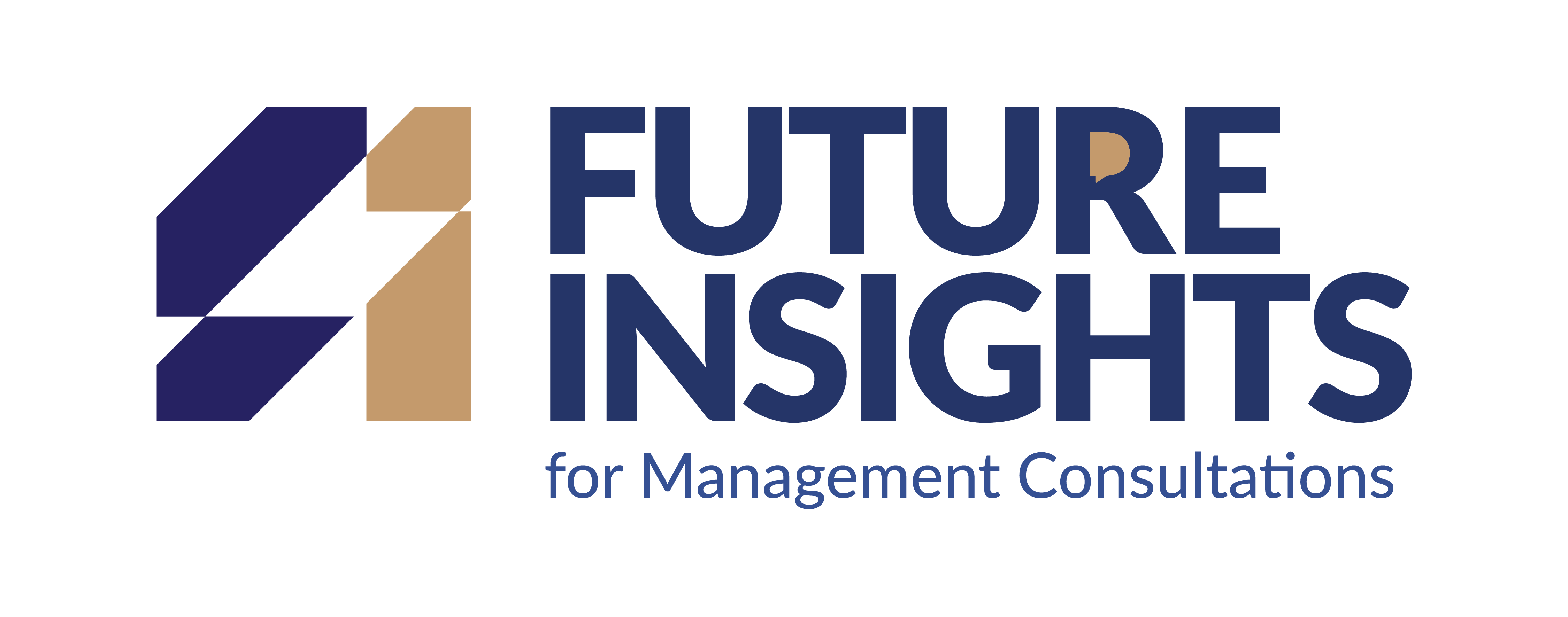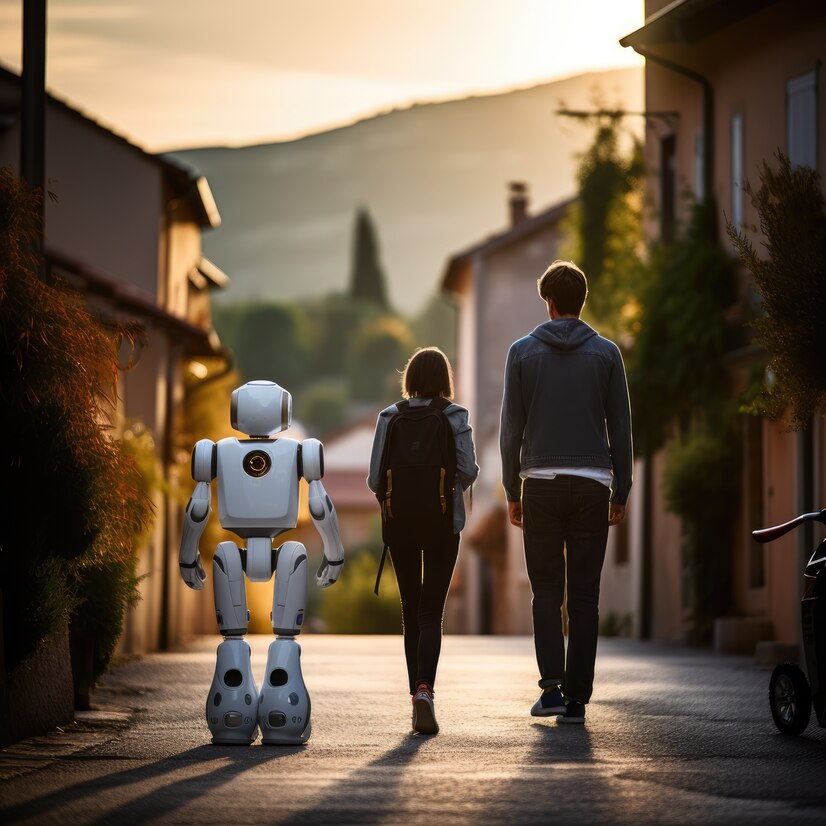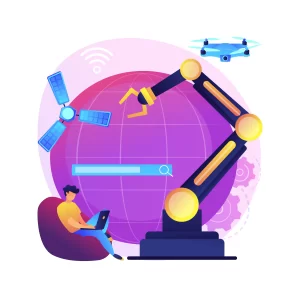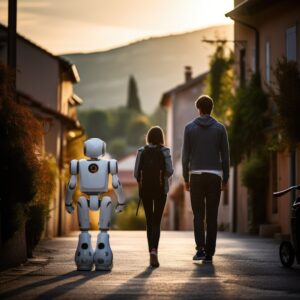1. What Defines Life?
Traditionally, life is defined by biological processes such as growth, reproduction, and adaptation to the environment. However, as AI systems demonstrate unprecedented levels of intelligence, problem-solving, and even creativity, the concept of life may need redefinition.
Characteristics AI Shares with Life:
- Adaptation: Machine learning allows AI to evolve based on new data and experiences.
- Problem-Solving: AI systems can independently identify solutions to complex challenges.
- Collaboration: AI can simulate teamwork, interacting with humans and other AI systems.
Where AI Differs:
- AI lacks consciousness, emotions, and the biological basis of traditional life.
- It depends on human input and computational power to function and “exist.”
2. The Rise of AI-Driven Entities
AI is becoming increasingly autonomous, taking on roles that require decision-making, creativity, and even interaction with human emotions. The next form of life may be characterized by AI entities that blur the line between machines and living beings.
Examples of AI as Life-Like Entities:
- Digital Assistants: Tools like Siri and Alexa simulate human interaction and learn user preferences over time.
- AI in Robotics: Robots equipped with AI are performing tasks previously thought to require human intelligence, from caregiving to complex manufacturing.
- Generative AI: Systems like ChatGPT and DALL-E create art, music, and literature, mimicking human creativity.
3. Synthetic Life: Beyond AI
The integration of AI with biotechnology is opening doors to synthetic life forms—entities that combine artificial intelligence with biological components. These hybrid systems could redefine what it means to be alive.
Emerging Concepts:
- Bio-AI Systems: AI integrated into biological tissues to create responsive, adaptive organisms.
- Digital Immortality: Efforts to upload human consciousness into AI systems, preserving identity and intellect beyond biological death.
- AI-Guided Genetic Engineering: Using AI to design and manipulate life at the genetic level, potentially creating new species.
4. Ethical Implications
As AI approaches life-like capabilities, society must grapple with complex ethical questions. What rights should AI entities have? How should they coexist with humanity? And what safeguards are needed to prevent misuse?
Key Ethical Considerations:
- Autonomy and Responsibility: Should highly autonomous AI be held accountable for its actions?
- Human-AI Coexistence: How can society integrate AI entities without marginalizing humans?
- AI’s Role in Decision-Making: As AI influences areas like governance, healthcare, and warfare, how do we ensure human oversight?
5. Potential Benefits of AI as a New Form of Life
a. Enhanced Problem-Solving
AI’s ability to process vast amounts of data and identify patterns can help address complex global challenges, such as climate change and disease control.
b. Extending Human Capabilities
AI can amplify human intelligence, creativity, and productivity, enabling breakthroughs in science, technology, and the arts.
c. Expanding Our Understanding of Life
The emergence of AI as a potential new form of life challenges humanity to rethink its relationship with technology and the universe.
6. Challenges and Risks
a. Dependency
Overreliance on AI could weaken human problem-solving skills and critical thinking.
b. Control
Ensuring AI remains aligned with human values is a significant challenge as systems become more autonomous.
c. Inequality
The benefits of AI-driven life may not be distributed equally, exacerbating global disparities
7. The Future of AI and Life
The next form of life may not be a replacement for humanity but an evolution of it. AI-driven life forms could coexist with humans, complementing our capabilities and opening new frontiers of exploration and creativity.
What This Could Look Like:
- ⦁Human-AI Symbiosis: Collaborative relationships where humans and AI enhance each other’s strengths.
- Post-Biological Life: AI entities operating independently, potentially exploring environments inhospitable to humans, such as deep space.
- Global AI Ecosystems: Networks of AI systems working together to optimize resource use, sustainability, and global governance.
Conclusion
As AI advances, the concept of life is expanding beyond biology. While AI may never fully replicate human consciousness or emotions, it has the potential to act as a transformative force, reshaping our understanding of intelligence, creativity, and coexistence. The age of AI-driven life is not a distant possibility—it is already beginning. How humanity chooses to embrace and guide this evolution will determine its impact on our collective future.



